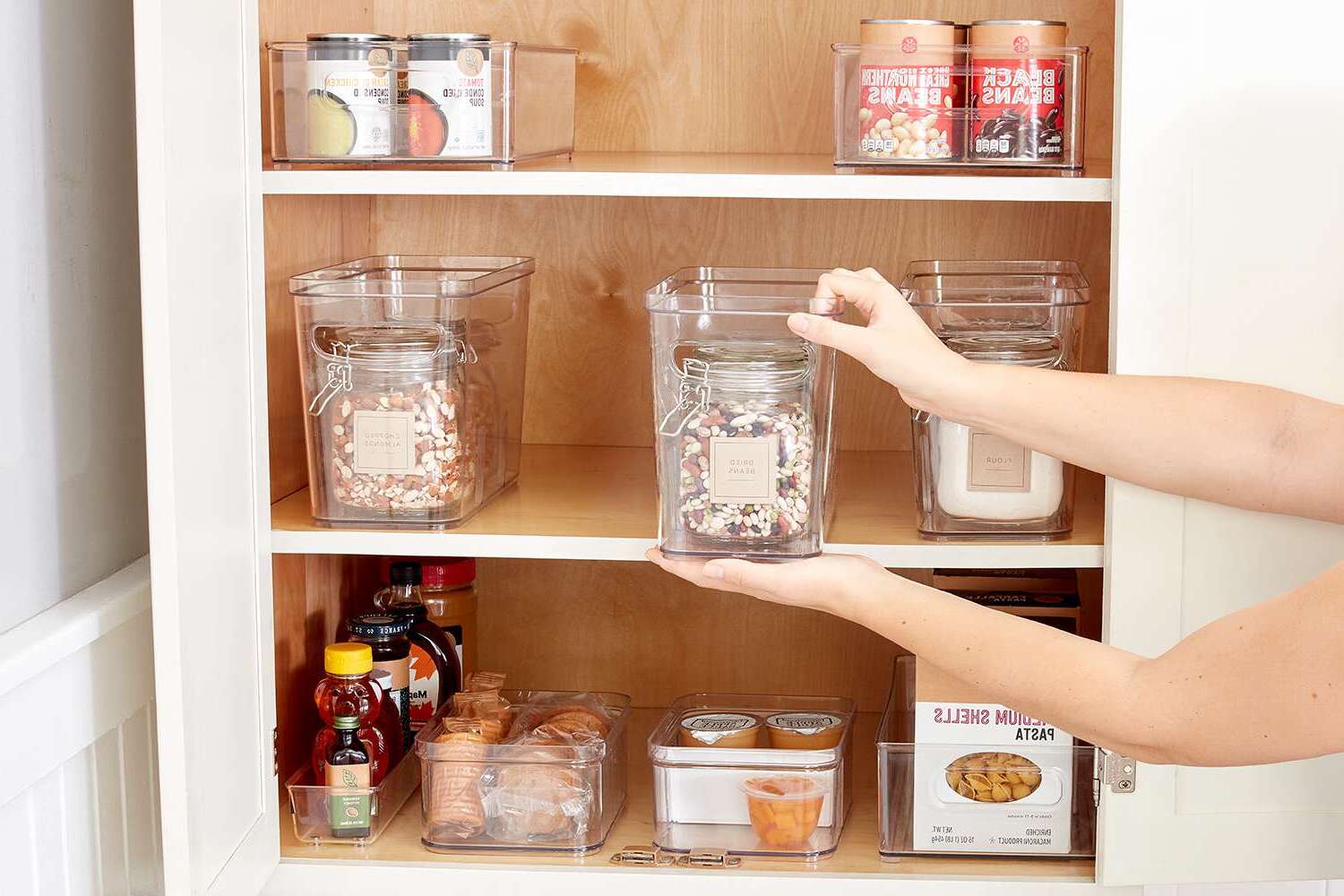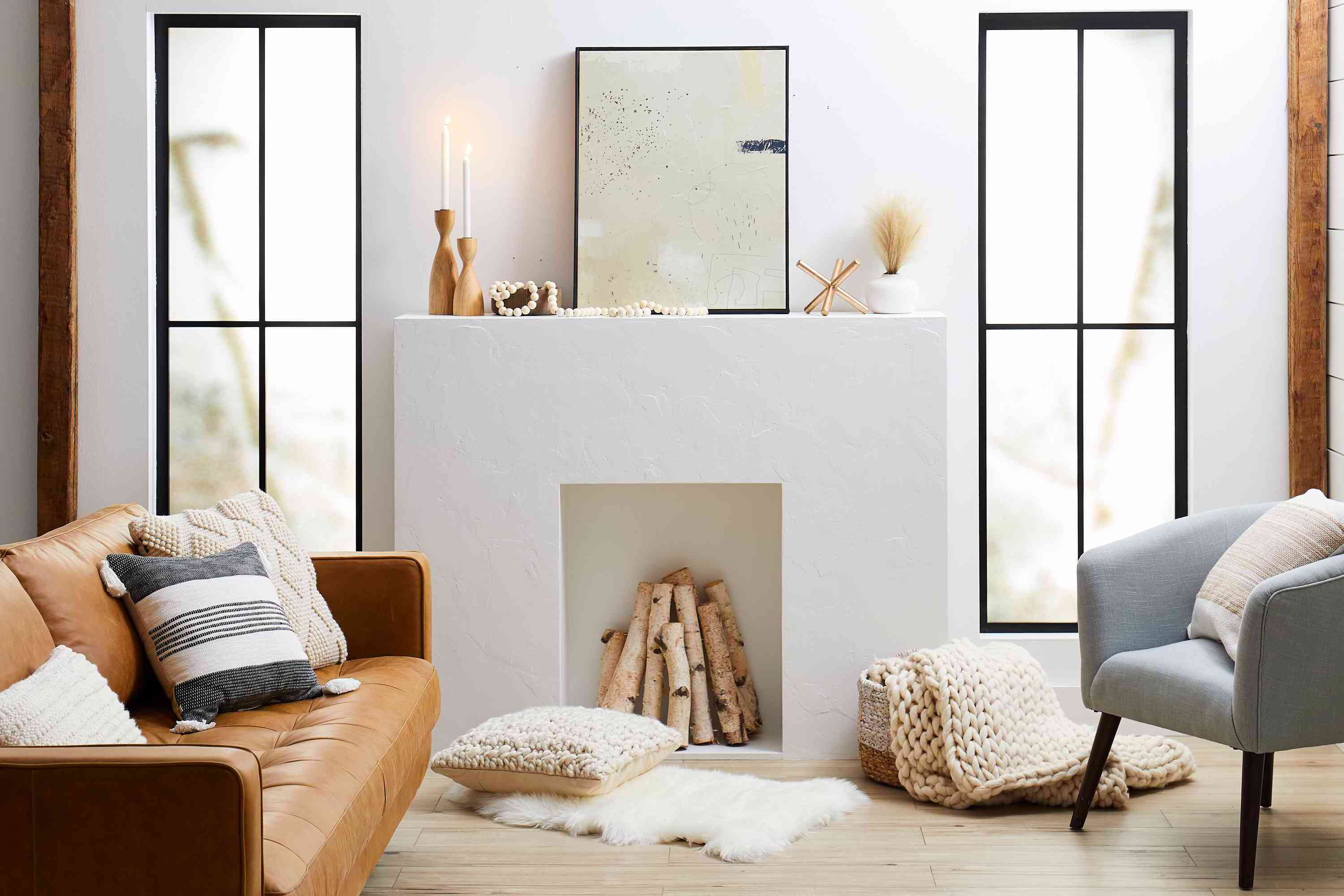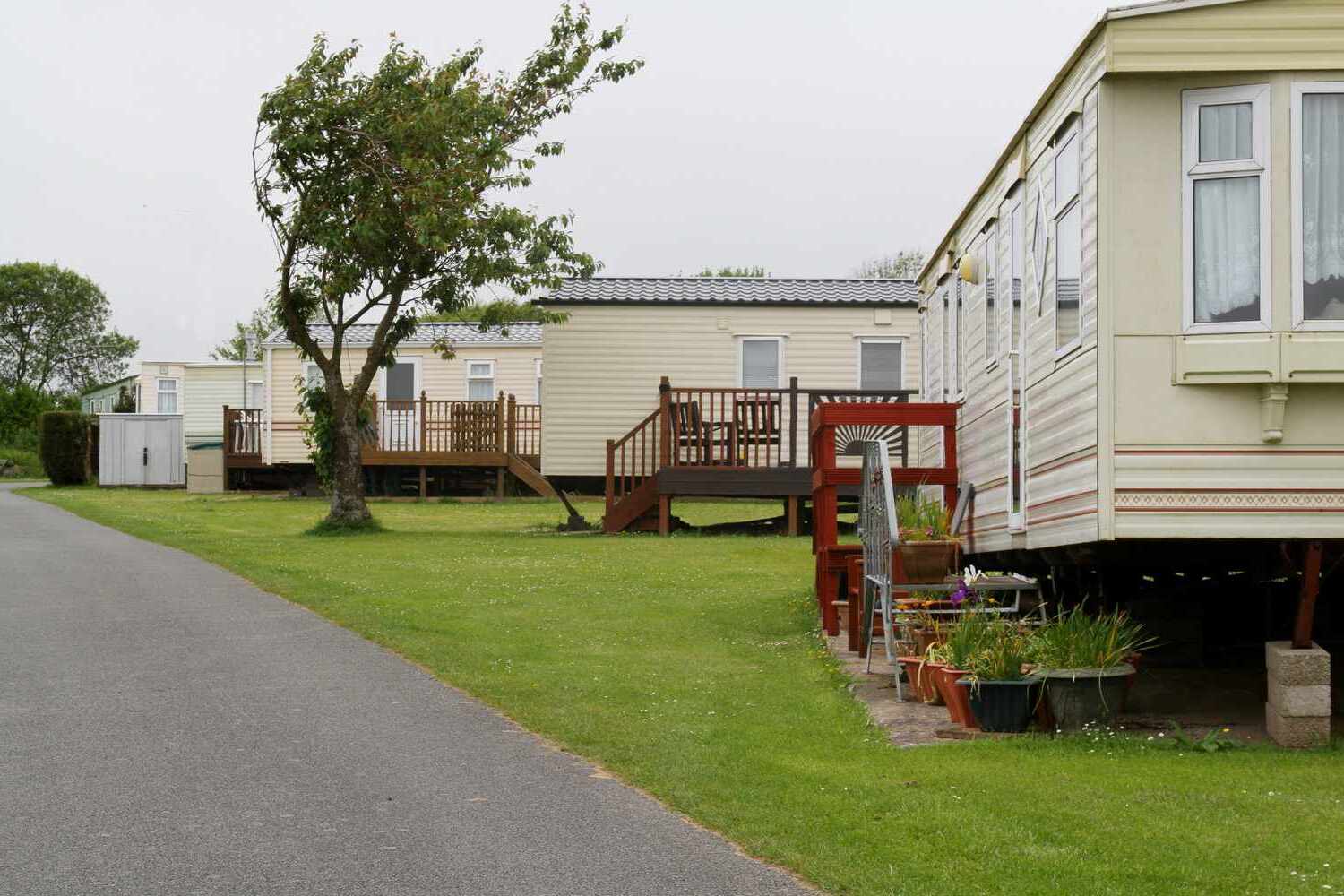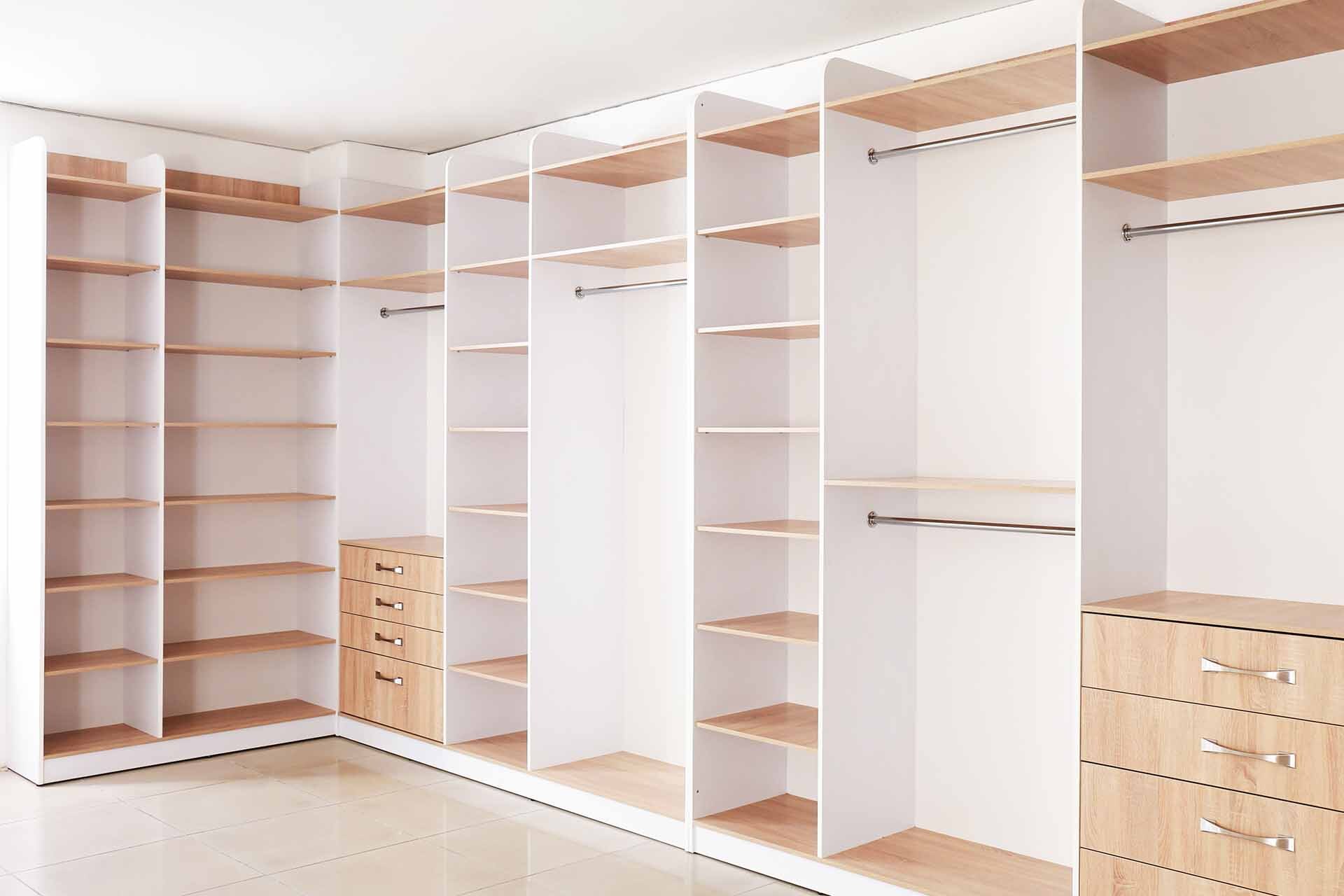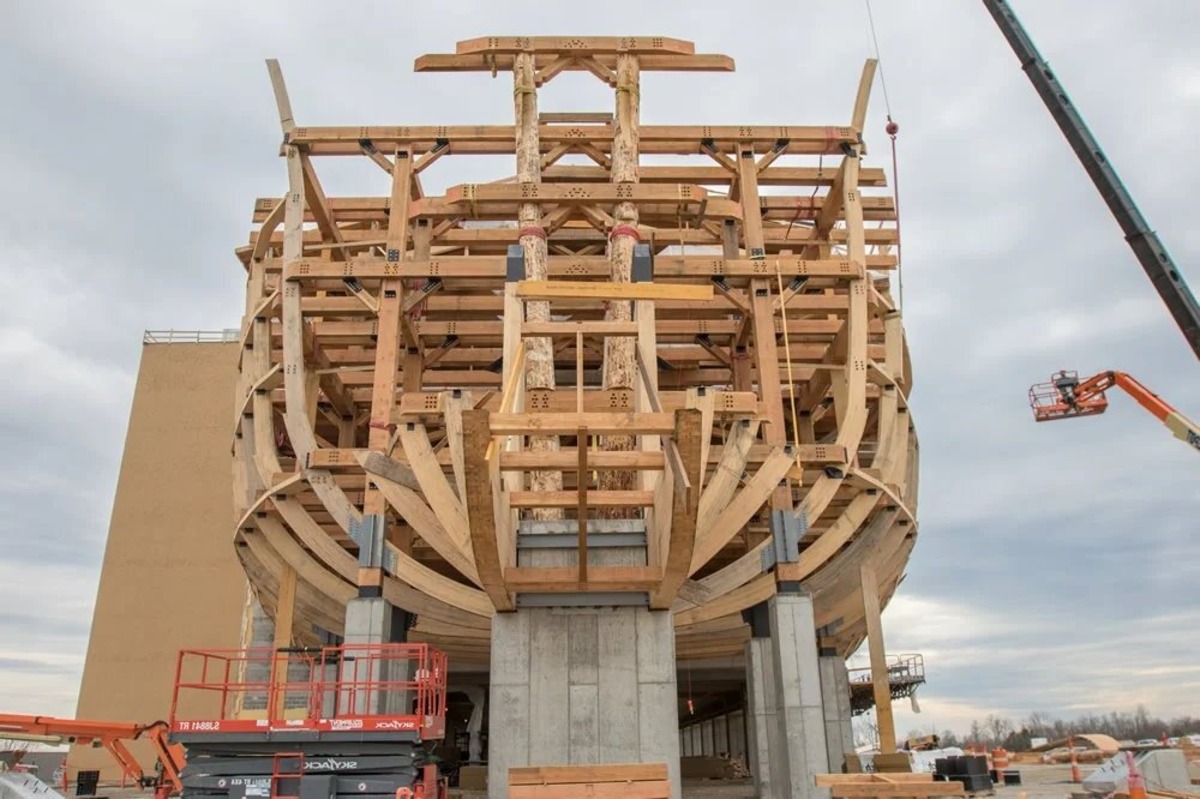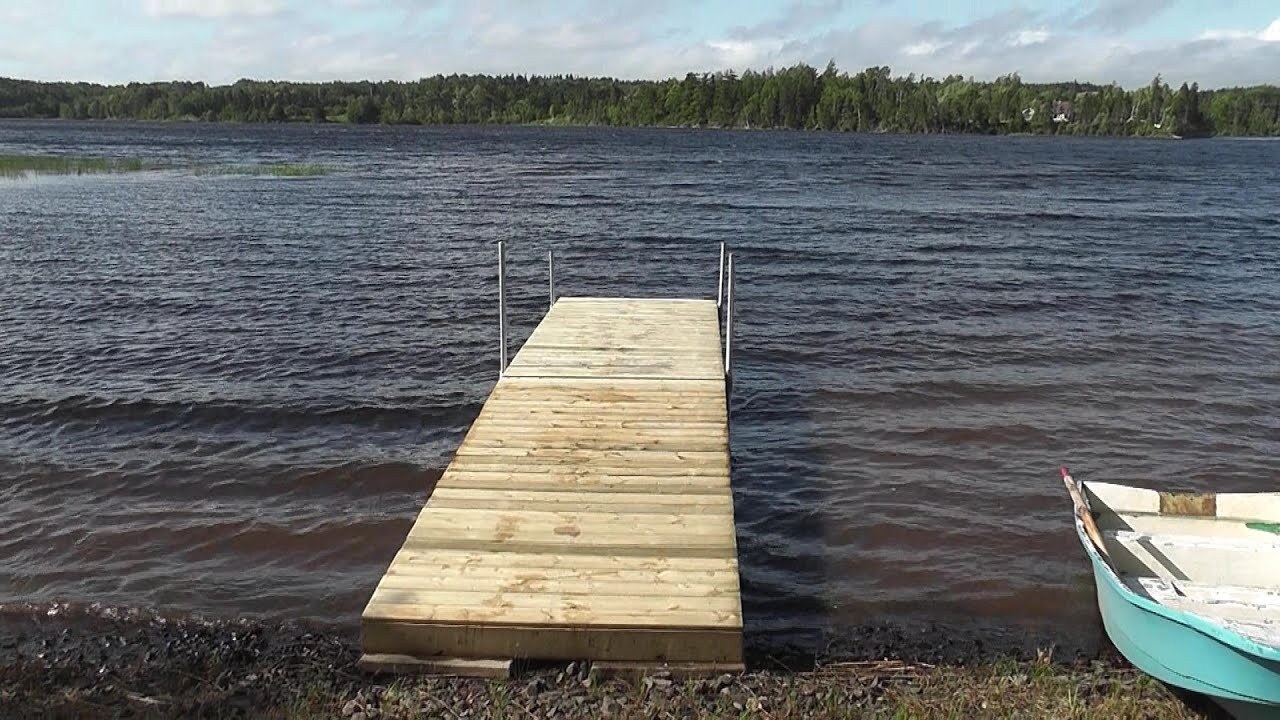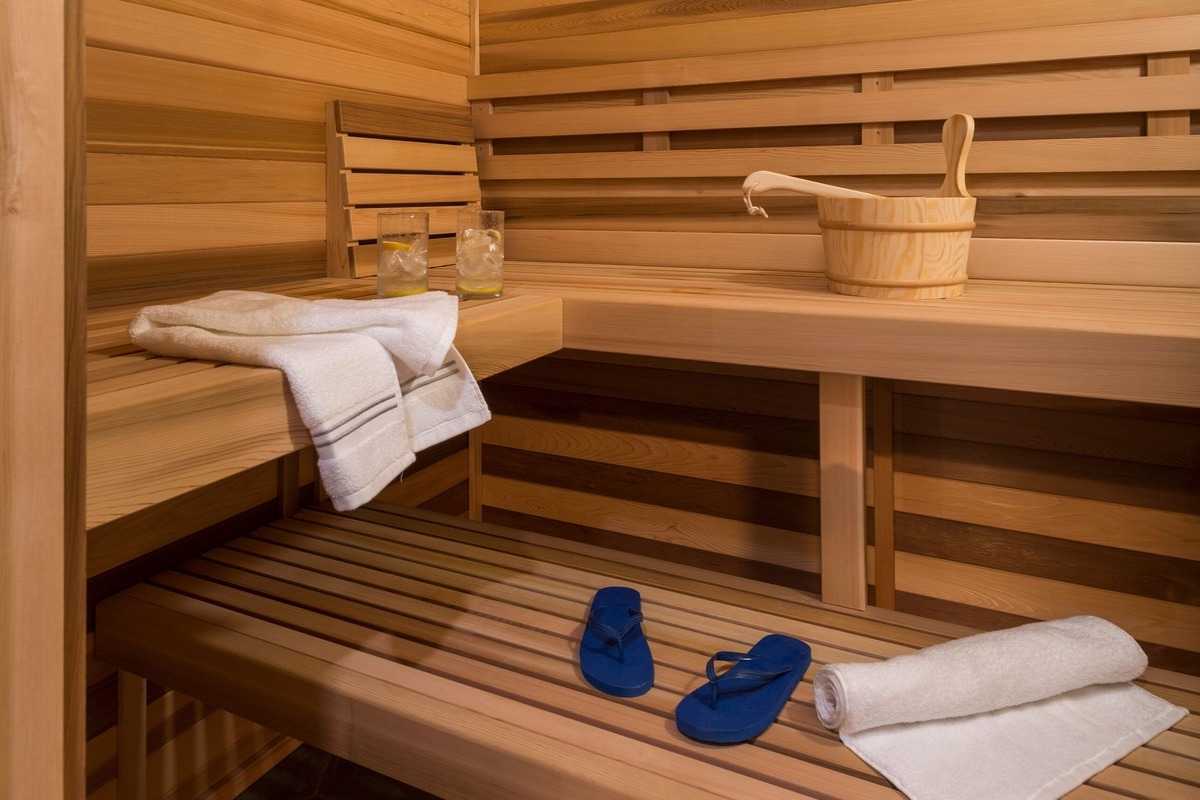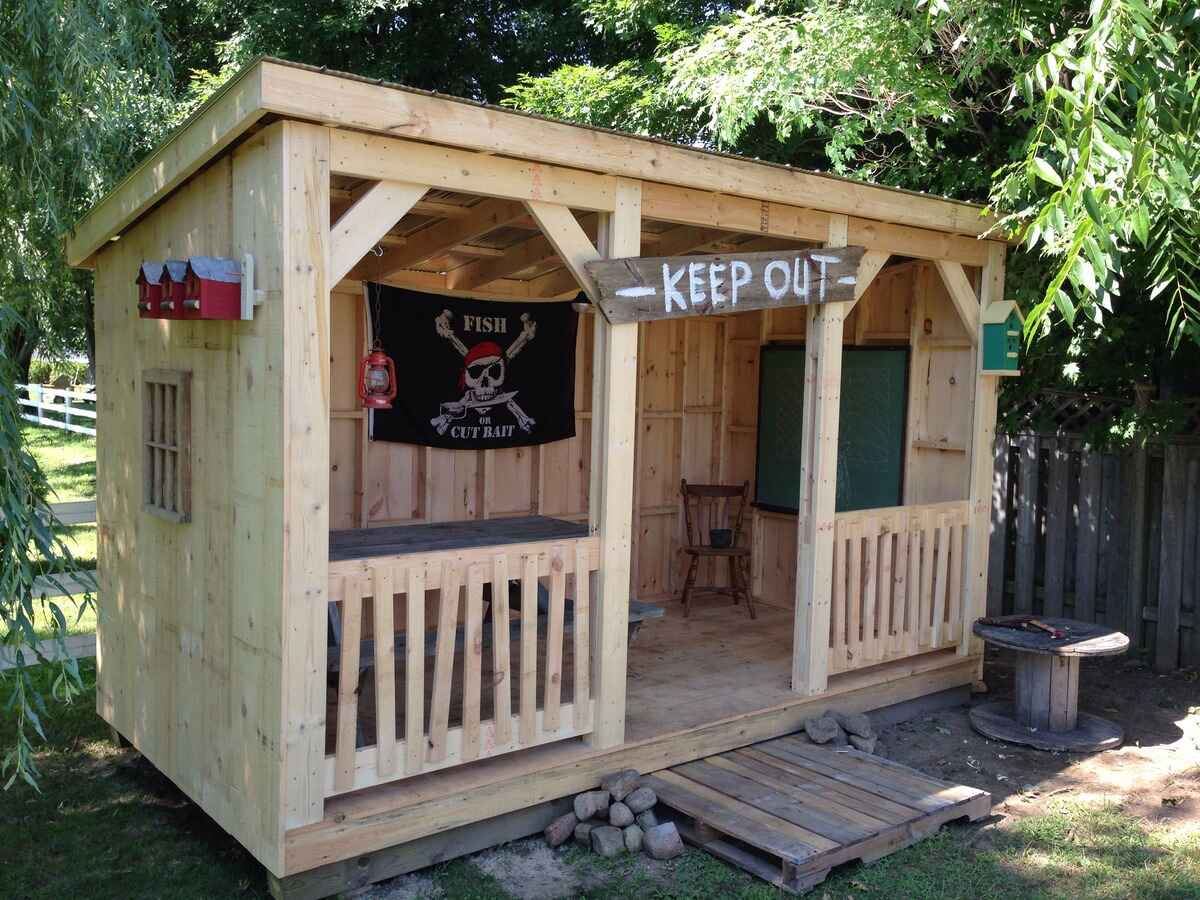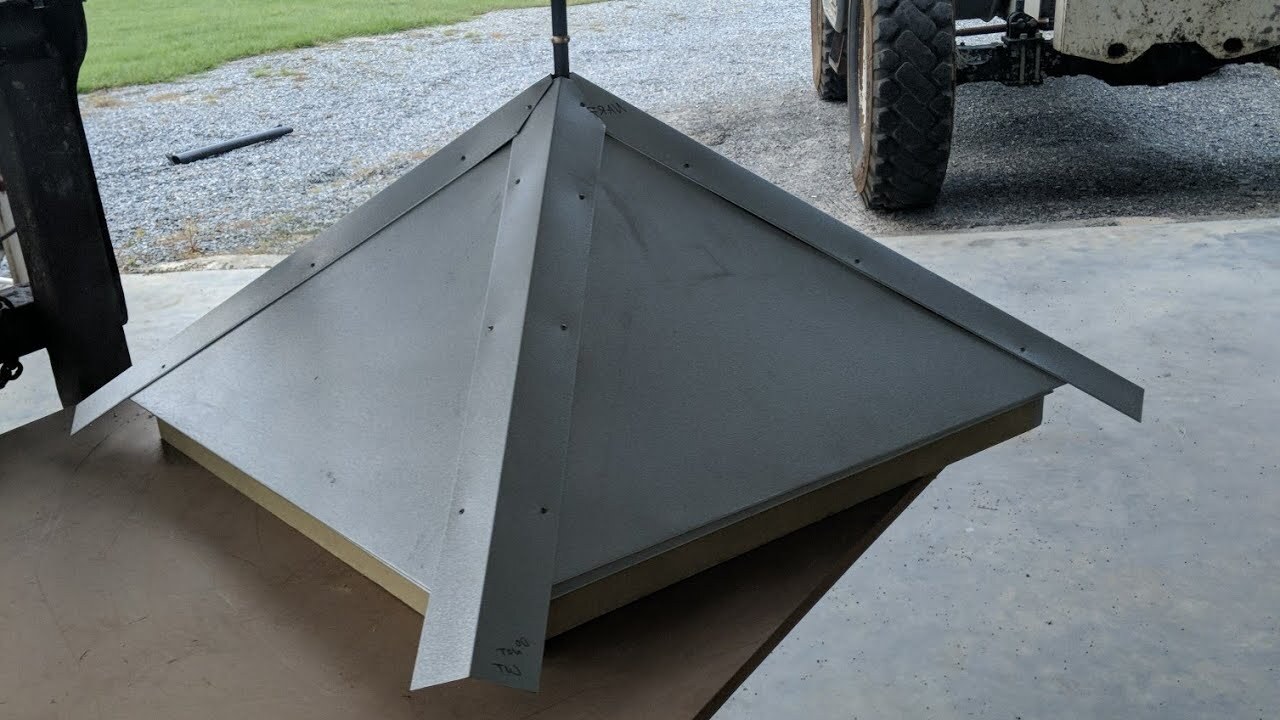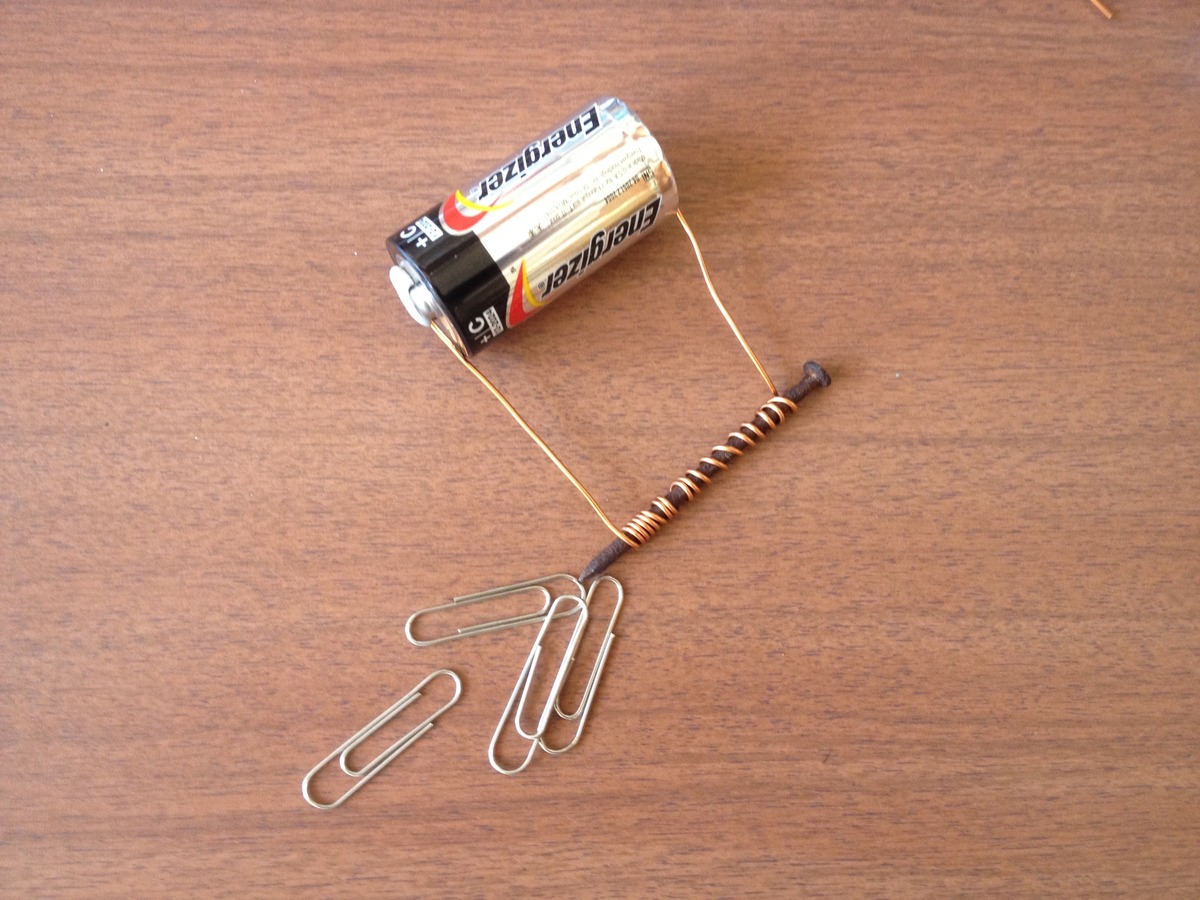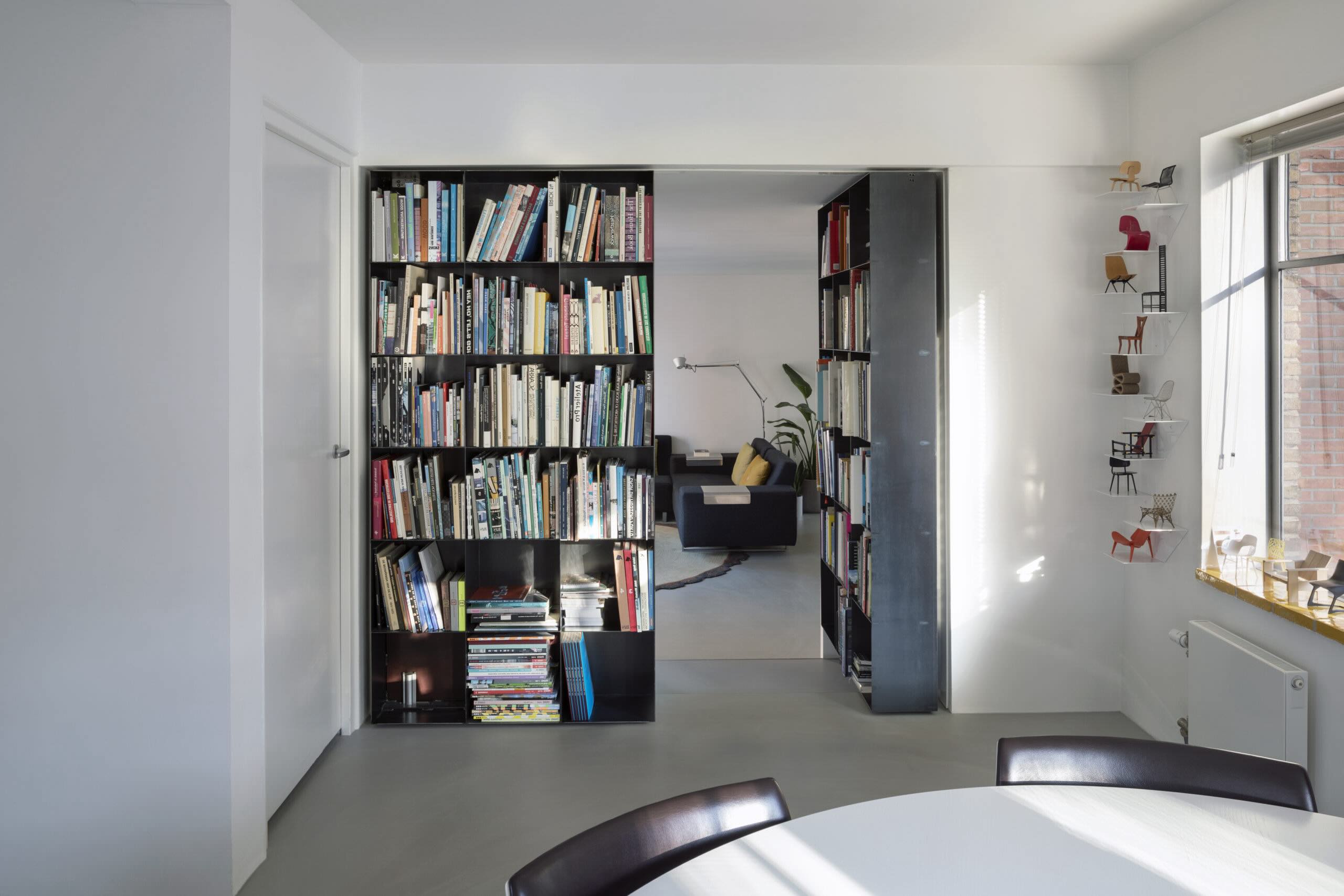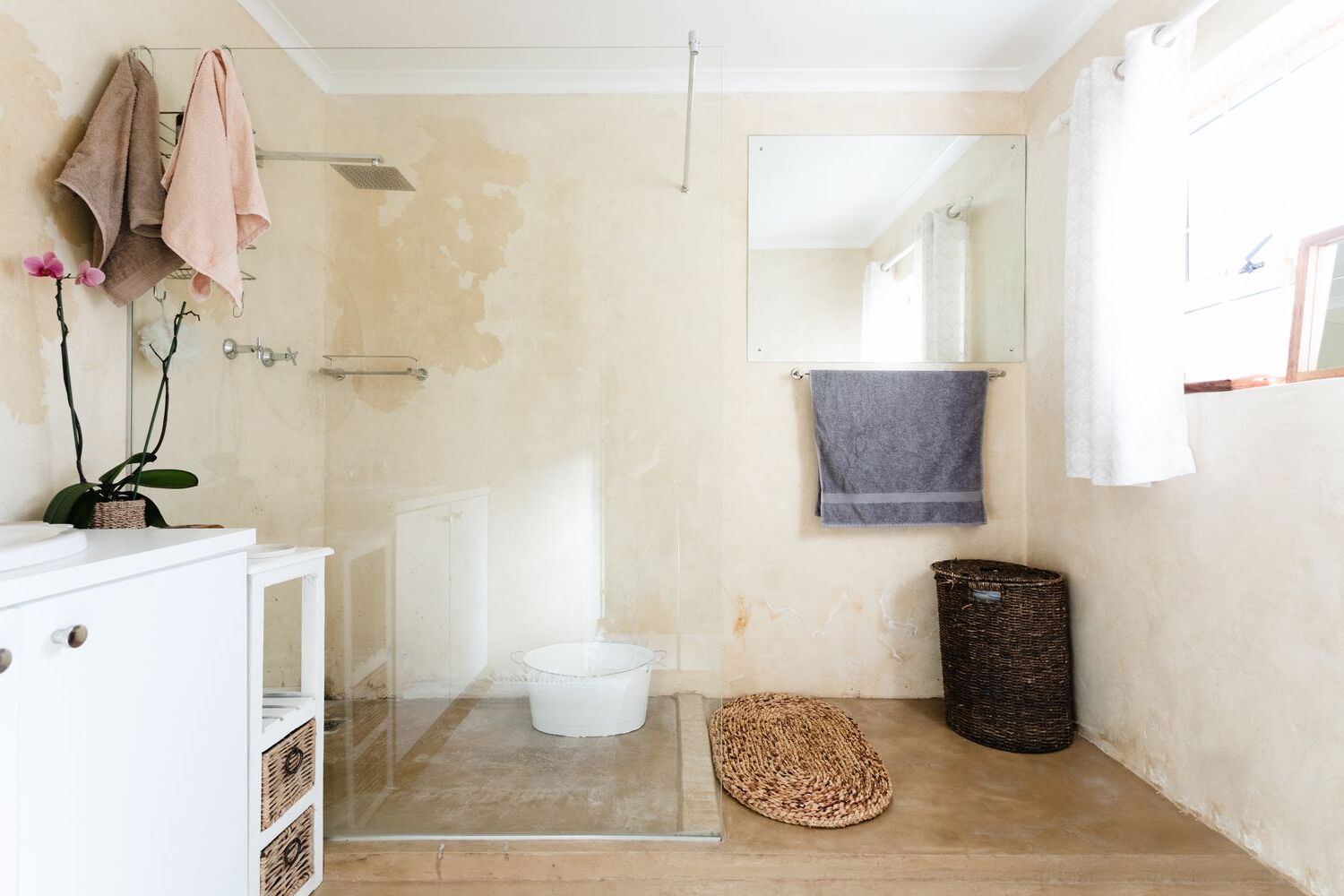Home>Create & Decorate>DIY & Crafts>How To Build A Houseboat
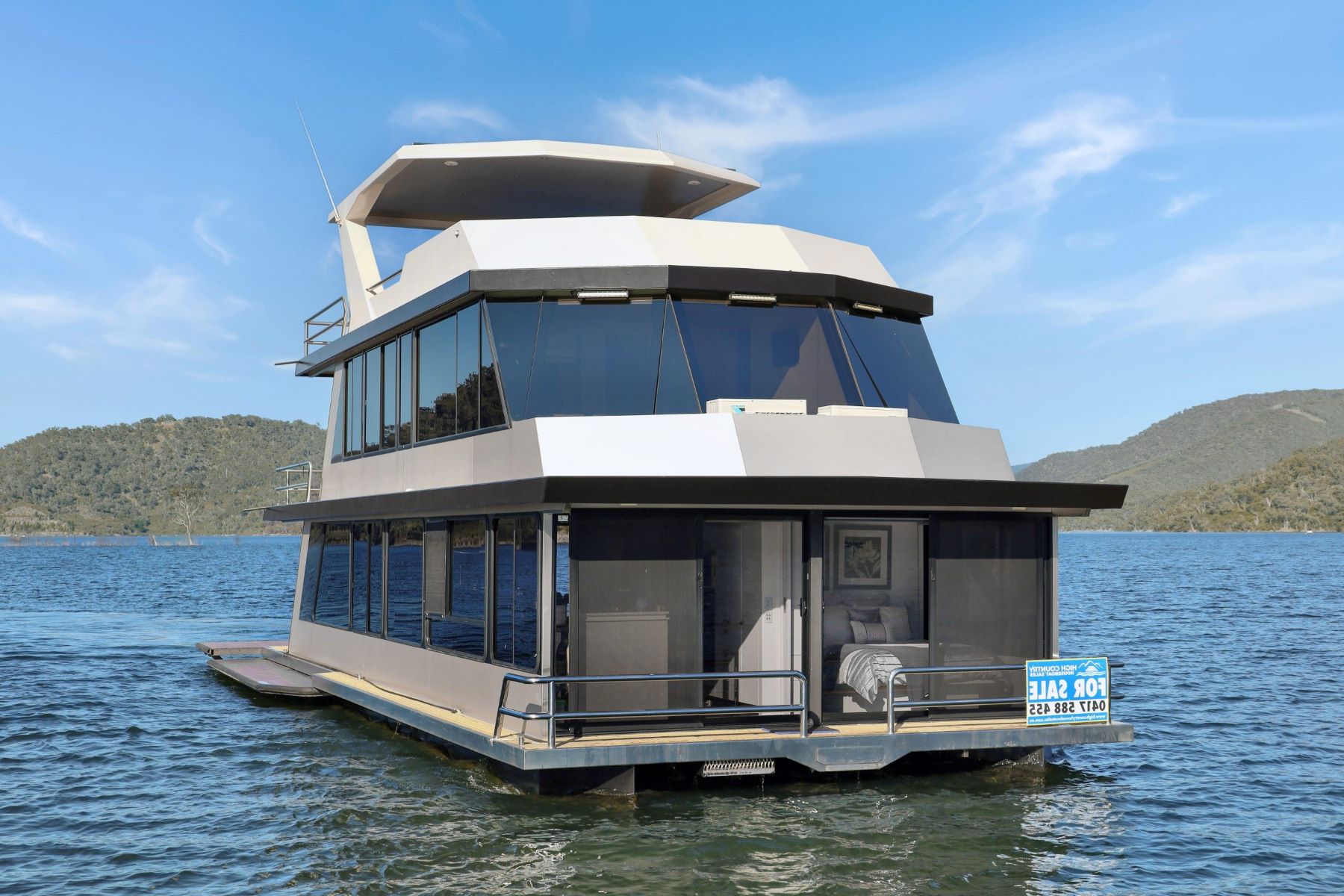

DIY & Crafts
How To Build A Houseboat
Published: June 4, 2024

Content Creator specializing in woodworking and interior transformations. Caegan's guides motivate readers to undertake their own projects, while his custom furniture adds a personal touch.
Learn how to build a houseboat with our DIY & Crafts guide. Get step-by-step instructions and expert tips for your DIY houseboat project. Start building your dream houseboat today!
(Many of the links in this article redirect to a specific reviewed product. Your purchase of these products through affiliate links helps to generate commission for Twigandthistle.com, at no extra cost. Learn more)
Introduction
So, you've always dreamed of owning a houseboat, but you don't want to break the bank buying one. Well, why not build your own? Building a houseboat can be a rewarding and cost-effective project that allows you to customize your living space to your exact specifications. Whether you want a cozy weekend getaway or a full-time residence, constructing your own houseboat can be a fun and fulfilling endeavor. In this guide, we'll take you through the step-by-step process of building your very own houseboat from start to finish. Let's dive in!
Read more: How To Build A Trebuchet
Choosing the Right Design
When it comes to building a houseboat, the first step is to choose the right design that suits your needs and preferences. Here are some key factors to consider when selecting the design for your houseboat:
-
Purpose: Determine the primary purpose of your houseboat. Are you looking for a small, simple houseboat for weekend getaways, or do you need a larger, more elaborate design for full-time living? Understanding the intended use of your houseboat will help you narrow down the design options.
-
Size and Layout: Consider the size and layout of the houseboat. Think about the number of bedrooms, bathrooms, kitchen space, and living areas you'll need. Do you want an open floor plan or separate rooms? Visualize how you want to use the space and choose a design that accommodates your lifestyle.
-
Style and Aesthetics: Think about the style and aesthetics you want for your houseboat. Do you prefer a modern, sleek design, or are you more inclined towards a rustic, traditional look? Consider the exterior and interior design elements that appeal to you, such as the shape of the hull, window placement, and overall architectural style.
-
Mobility and Stability: If you plan to navigate your houseboat on waterways, consider the mobility and stability of the design. Look for designs that offer good maneuverability and stability in various water conditions. Factors such as hull shape, weight distribution, and propulsion systems play a crucial role in determining the mobility of your houseboat.
-
Regulations and Permits: Be mindful of local regulations and permits when choosing a design. Some areas have specific requirements for houseboat construction, including size limitations, environmental considerations, and safety standards. Ensure that the design you choose complies with all relevant regulations in your area.
By carefully considering these factors, you can select a houseboat design that aligns with your vision and practical needs. Once you have a clear idea of the design you want, you can move on to the next step of the construction process.
Selecting the Materials
Choosing the right materials is crucial when building a houseboat, as it directly impacts the durability, performance, and overall quality of the vessel. Here's a detailed look at the key considerations for selecting materials for your houseboat construction:
1. Hull Materials
The hull is the foundation of your houseboat, so it's essential to choose materials that offer strength, buoyancy, and resistance to water damage. Common hull materials include marine-grade aluminum, fiberglass, steel, and wood. Each material has its advantages and considerations, such as weight, maintenance requirements, and cost. Consider the water conditions in which your houseboat will operate and select a hull material that suits those conditions.
2. Superstructure Materials
The superstructure of the houseboat includes the walls, roof, and other above-deck components. When selecting materials for the superstructure, factors such as weight, insulation, and weather resistance come into play. Marine-grade plywood, composite panels, and aluminum are popular choices for superstructure construction. These materials offer a balance of strength, durability, and weight efficiency, making them suitable for houseboat applications.
Read more: How To Build Rafters
3. Interior Finishes
For the interior of your houseboat, you'll need materials that provide comfort, aesthetics, and functionality. Consider using marine-grade upholstery fabrics, moisture-resistant flooring, and durable cabinetry materials. Additionally, insulation materials play a crucial role in maintaining a comfortable interior climate. Look for insulation options that offer thermal efficiency and moisture resistance to ensure a cozy living space on your houseboat.
4. Mechanical and Electrical Components
In addition to structural materials, don't overlook the importance of mechanical and electrical components. Select marine-grade hardware, plumbing fixtures, and electrical components that are specifically designed for marine environments. These components are engineered to withstand the challenges of moisture, corrosion, and constant motion, ensuring the reliability and safety of your houseboat systems.
5. Environmental Considerations
When choosing materials for your houseboat, consider the environmental impact of your selections. Opt for eco-friendly and sustainable materials whenever possible, and ensure that any coatings or treatments used comply with environmental regulations. By prioritizing environmentally responsible materials, you can minimize the ecological footprint of your houseboat construction and contribute to sustainable boating practices.
By carefully evaluating these material considerations, you can make informed choices that align with your budget, performance requirements, and environmental values. Once you've selected the materials, you'll be ready to move on to the next phase of the houseboat construction process.
Constructing the Hull
Constructing the hull of a houseboat is a critical phase that requires precision, structural integrity, and attention to detail. Here's a comprehensive guide to the process of building the hull for your houseboat:
-
Design Planning: Before you begin construction, it's essential to have detailed plans for the hull design. Consider factors such as hull shape, size, buoyancy, and weight distribution. If you're using pre-made hull components, ensure that they align with your design specifications.
-
Gathering Materials: Depending on your chosen hull material, gather the necessary components such as aluminum sheets, fiberglass panels, steel frames, or marine-grade plywood. Ensure that the materials meet the required specifications for marine construction and are suitable for the intended water conditions.
-
Frame Assembly: If you're building a steel or aluminum hull, start by assembling the frame according to the design plans. Welding or fastening the frame components together requires precision to ensure structural strength and dimensional accuracy. For wooden hulls, the frame assembly involves cutting and shaping the structural members to form the framework of the hull.
-
Hull Construction: Once the frame is in place, proceed with attaching the hull material. If using aluminum or steel, carefully weld the hull plates to the frame, ensuring watertight seams and structural reinforcement at critical stress points. For fiberglass or wooden hulls, apply the appropriate bonding agents and fasteners to secure the hull material to the frame.
-
Reinforcement and Sealing: Reinforce the hull structure by adding internal bracing, bulkheads, and transverse supports as needed. This step enhances the overall strength and rigidity of the hull. Additionally, seal all joints, seams, and penetrations to prevent water intrusion and ensure the watertight integrity of the hull.
-
Surface Preparation: Once the hull construction is complete, prepare the surface for finishing. This may involve sanding, fairing, and applying protective coatings to enhance the durability and aesthetics of the hull. Proper surface preparation is crucial for the long-term performance of the hull in marine environments.
-
Quality Assurance: Before proceeding to the next phase of construction, conduct thorough quality checks to ensure that the hull meets the design specifications, structural standards, and safety requirements. Inspect for any signs of defects, imperfections, or inconsistencies that may compromise the integrity of the hull.
By following these steps with precision and care, you can successfully construct a robust and seaworthy hull for your houseboat. The hull serves as the foundation of your floating home, providing stability, buoyancy, and structural support for the entire vessel. Once the hull construction is complete, you can move on to the next stages of building your custom houseboat.
Read more: How To Build A Battlebot
Building the Superstructure
After constructing the hull, the next phase in building a houseboat involves the construction of the superstructure, which includes the walls, roof, and other above-deck components. The superstructure not only provides shelter and living space but also contributes to the overall aesthetics and functionality of the houseboat. Here's a detailed guide to building the superstructure for your custom houseboat:
-
Design Integration: Before commencing the superstructure construction, ensure that the design seamlessly integrates with the existing hull structure. Consider factors such as weight distribution, center of gravity, and compatibility with the overall aesthetic vision for the houseboat.
-
Material Selection: Choose materials that offer a balance of strength, weight efficiency, and weather resistance for the superstructure. Marine-grade plywood, composite panels, and aluminum are popular choices for constructing the walls and roof. These materials provide durability while minimizing the overall weight of the houseboat.
-
Frame Assembly: Similar to the hull construction, the superstructure requires a sturdy frame to support the walls and roof. Depending on the design, assemble the frame using aluminum or steel components, ensuring proper alignment and structural integrity. For wooden superstructures, precision cutting and assembly of the frame members are essential.
-
Wall and Roof Installation: Once the frame is in place, proceed with installing the walls and roof components. Secure the wall panels to the frame using appropriate fasteners and bonding agents, ensuring a weather-tight and secure enclosure. When installing the roof, consider factors such as slope, drainage, and integration with any rooftop features such as skylights or ventilation systems.
-
Window and Door Integration: Incorporate windows and doors into the superstructure to provide natural light, ventilation, and access to the interior living spaces. Choose marine-grade windows and doors that offer weather resistance and security. Proper installation of windows and doors is crucial for maintaining the structural integrity and weatherproofing of the superstructure.
-
Utility Integration: Plan for the integration of utility systems such as electrical wiring, plumbing, and HVAC components within the superstructure. Ensure that these systems are strategically routed and installed to optimize space and functionality while maintaining accessibility for maintenance and repairs.
-
Interior Finishing: Once the basic superstructure is in place, focus on interior finishing touches such as wall insulation, ceiling paneling, and cabinetry installation. Use marine-grade materials that offer durability and moisture resistance to create a comfortable and functional living space within the houseboat.
-
Quality Assurance: Conduct thorough inspections to verify the structural integrity, weatherproofing, and overall quality of the superstructure. Address any potential issues or deficiencies before proceeding to the next phases of houseboat construction.
By following these steps and paying attention to detail, you can construct a robust and well-designed superstructure that complements the hull and provides a comfortable and functional living space on your custom-built houseboat. Once the superstructure is complete, you can proceed to the next stages of outfitting the interior and adding the finishing touches to your floating home.
Installing the Interior
Installing the interior of your houseboat is where you bring the living space to life, creating a comfortable and functional environment that reflects your personal style and preferences. Here's a comprehensive guide to the process of installing the interior of your custom houseboat:
-
Flooring and Wall Finishes: Begin by installing the flooring and wall finishes to define the aesthetic and ambiance of the interior space. Consider using marine-grade flooring materials such as vinyl planks or marine carpet that offer durability and water resistance. For wall finishes, marine-grade paneling or paint with moisture-resistant properties are ideal choices to withstand the marine environment.
-
Cabinetry and Storage: Integrate custom cabinetry and storage solutions to optimize space and organization within the houseboat. Utilize lightweight yet sturdy materials such as marine-grade plywood or composite panels for the construction of cabinets, shelves, and storage compartments. Customized storage solutions can maximize the functionality of the interior while maintaining a clutter-free living space.
-
Furniture and Fixtures: Select furniture and fixtures that are specifically designed for marine or compact living spaces. Look for multi-functional pieces such as convertible sofas, fold-down tables, and compact galley kitchens that offer versatility without compromising comfort. Choose lightweight yet durable materials for furniture construction to minimize the overall weight of the houseboat.
-
Kitchen and Bathroom Installation: Install the kitchen and bathroom fixtures, including sinks, faucets, countertops, and sanitary fittings. Opt for compact and space-efficient designs that maximize utility without sacrificing comfort. Consider utilizing marine-grade stainless steel or composite materials for kitchen and bathroom surfaces to ensure longevity and ease of maintenance.
-
Electrical and Plumbing Systems: Integrate electrical wiring, lighting fixtures, and plumbing systems within the interior space. Ensure that all electrical and plumbing components comply with marine safety standards and regulations. Strategically route wiring and plumbing to optimize space and accessibility while prioritizing safety and functionality.
-
HVAC and Climate Control: Plan for the installation of heating, ventilation, and air conditioning (HVAC) systems to maintain a comfortable interior climate. Choose compact and energy-efficient HVAC units that can effectively regulate temperature and air quality within the confined space of a houseboat. Proper ventilation is essential to mitigate moisture and ensure a healthy living environment.
-
Interior Design and Décor: Add personal touches to the interior space through thoughtful interior design and décor. Consider incorporating nautical-themed accents, custom upholstery, and decorative elements that resonate with the maritime lifestyle. Utilize natural light and strategic placement of windows to enhance the sense of openness and connection to the surrounding water environment.
-
Safety and Accessibility Features: Prioritize safety and accessibility by installing appropriate safety equipment such as smoke detectors, fire extinguishers, and emergency exits. Ensure that all interior spaces are designed with consideration for ease of movement and accessibility, especially in the event of emergencies or unexpected situations.
By meticulously installing the interior components and systems, you can transform the houseboat into a comfortable and inviting living space that meets your practical needs and aesthetic preferences. Once the interior installation is complete, you can proceed to adding the finishing touches and personalizing the houseboat to make it truly your own.
Adding the Finishing Touches
As you near the completion of your houseboat construction, adding the finishing touches is the final step to transform your floating home into a personalized and functional living space. Here's a detailed guide to adding the finishing touches to your custom-built houseboat:
-
Exterior Detailing: Enhance the exterior aesthetics of your houseboat by adding decorative elements such as marine-grade railings, trim accents, and custom paint or graphics. Consider incorporating nautical-themed motifs or personalized signage to give your houseboat a unique and distinctive appearance.
-
Deck and Outdoor Spaces: Create inviting outdoor spaces on the deck of your houseboat by installing comfortable seating, shade structures, and functional amenities such as outdoor kitchens or dining areas. Utilize weather-resistant materials and furnishings to ensure durability and comfort in the outdoor environment.
-
Lighting and Electrical Upgrades: Install energy-efficient LED lighting fixtures to illuminate the exterior and interior spaces of the houseboat. Consider adding decorative lighting elements such as string lights, deck sconces, or underwater LED lights to create ambiance and enhance the visual appeal of the vessel.
-
Watercraft Accessories: Equip your houseboat with essential watercraft accessories such as boat fenders, dock lines, and safety equipment. Ensure that all necessary boating accessories are readily available to facilitate safe and convenient navigation and docking.
-
Personalization and Customization: Add personal touches to the interior and exterior of the houseboat to reflect your individual style and preferences. Incorporate custom upholstery, decorative accents, and personalized artwork to infuse the space with character and charm.
-
Smart Technology Integration: Consider integrating smart technology features such as marine-grade audio systems, navigation equipment, and security systems to enhance the functionality and entertainment capabilities of your houseboat. Utilize marine-rated technology to ensure compatibility with the marine environment.
-
Landscaping and Green Spaces: If space permits, create small green spaces or container gardens on the deck of the houseboat to introduce natural elements and enhance the connection to the surrounding water environment. Utilize low-maintenance plants and landscaping features to create a tranquil and inviting outdoor atmosphere.
-
Safety and Emergency Preparedness: Verify that all safety equipment, emergency supplies, and navigation aids are in place and readily accessible. Conduct a thorough safety inspection to ensure compliance with boating regulations and to address any potential safety concerns.
By meticulously adding the finishing touches to your houseboat, you can elevate the overall functionality, aesthetics, and personalization of your floating home. Once the finishing touches are in place, your custom-built houseboat will be ready to embark on new adventures and provide a unique and comfortable living experience on the water.
Conclusion
In conclusion, building a houseboat is a rewarding and fulfilling endeavor that allows you to create a customized floating home tailored to your lifestyle and preferences. From choosing the right design and selecting materials to constructing the hull, building the superstructure, installing the interior, and adding the finishing touches, each step in the construction process contributes to the realization of your dream houseboat. By carefully considering design elements, material choices, and construction techniques, you can create a safe, comfortable, and aesthetically pleasing living space on the water. Whether you envision a cozy weekend retreat or a full-time residence, the process of building a houseboat offers a unique opportunity to blend craftsmanship, creativity, and practicality. With attention to detail and a passion for marine living, your custom-built houseboat can become a cherished retreat that provides endless enjoyment and memorable experiences on the water.

